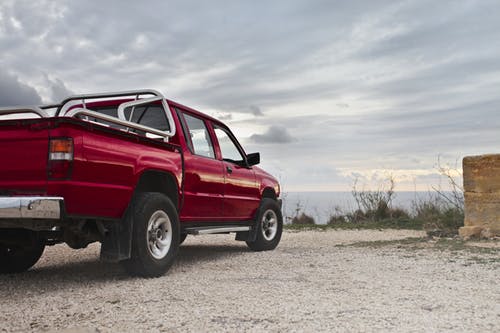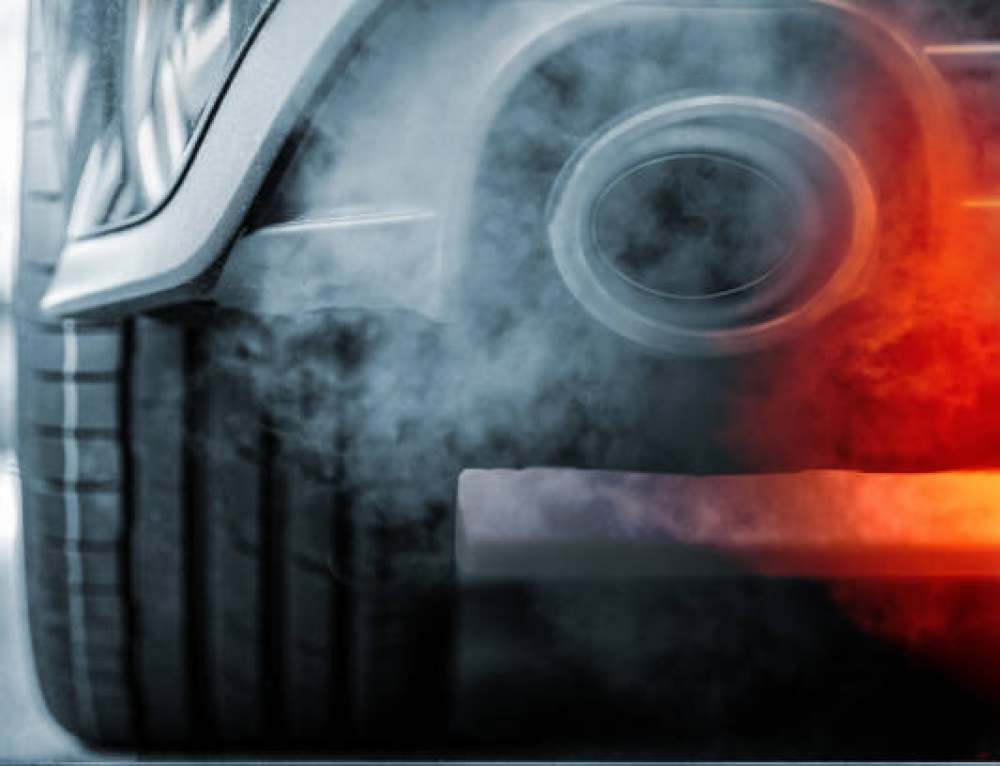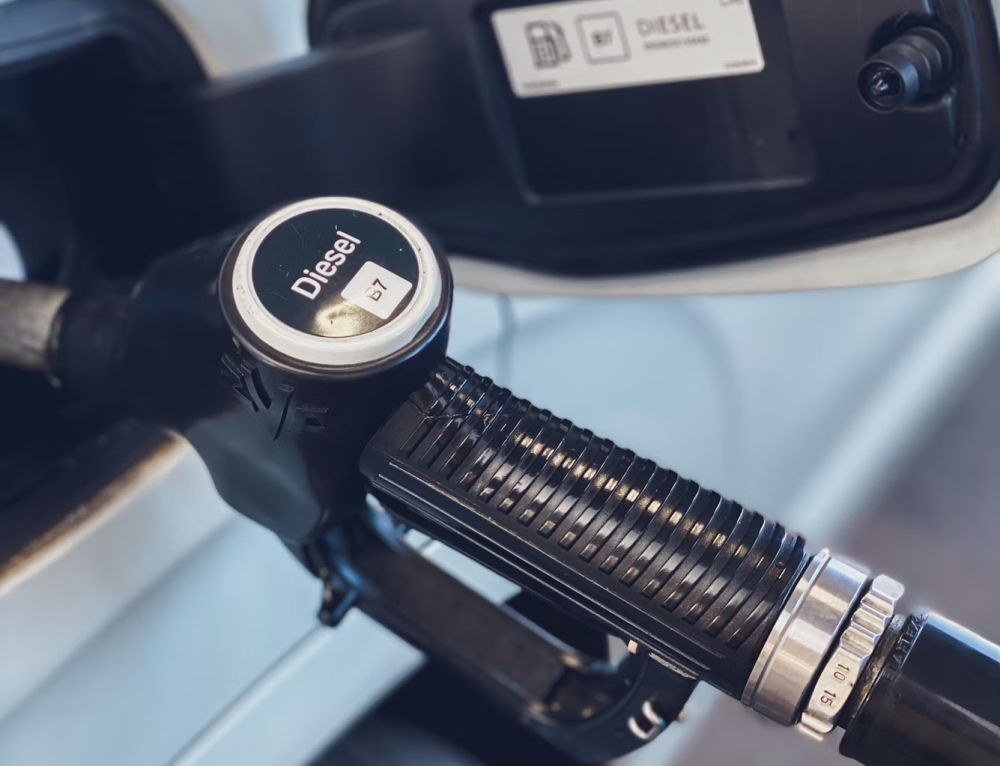The thought of brake failure can be a frightening one. And these horrible thoughts mostly come to our mind as a “what if” scenario when driving. Have you ever thought about why? For whatever reason it may be, your mind might be trying to prepare you for a worst-case scenario. It’s a normal and healthy thing for your brain to do.
While you hope it never happens to you, it only makes sense to prepare yourself for such a situation. Get familiar with the necessary steps to take should the worse happen.
Taking charge of a brake failure scenario is not just a Fast and Furious fiction. Everyone can if they are well informed. This article is a guide on what to do if you encounter such a scenario. There’s nothing to be scared of.
Let’s drive right away!
Understanding Brake Failure
Brake failure has various possible root causes. Any of them could be behind it. Examples of these causes are worn-out brake pads, brake fluid leakage, or mechanical issues. The comforting news is that for modern cars, your car will signal you for potential brake failure. It’s important to be aware of the warning signs that indicate potential brake failure. Taking your vehicle to the diesel engine specialist for regular inspection and maintenance is a good step to prevent brake failure.
How to Take Charge of Break Failure and Prevent Escalation
PS: It is important to note that these listed steps aren’t in any order, as you will have to multi-task some steps to get the best results.
1. Don’t panic but assess the situation
Staying calm is your first test in a brake failure scenario. Trust me, you can’t take any reasonable steps if you panic. You won’t even remember these steps. Take a deep breath. Try to observe if the failure is complete (zero response to brake) or partial brake failure (partial response). Assess the surrounding and traffic conditions.
2. Apply alternative halting methods
Keep pumping the brake
Rapidly pumping the brake builds up pressures in the brake system. This action can help restore braking power temporarily. If this is of no use, use the second. If you keep pumping the brake regardless, you’ll further deplete the pump fluid and make it further ineffective.
Slowly apply the emergency brake
This is also called the parking brake. Applying it suddenly and with excessive force could cause the rear wheels to lock up. This only means more dilemmas for you.
Use the engine braking technique (for manual transmission)
This is another good but slow method. This technique allows you to slowly stop the vehicle by shifting to a lower gear and gradually releasing the clutch.
Use the brake blending technique
This technique requires you to combine the emergency brake and brake pumping methods. If it works, it effectively distributes braking force between the front and rear wheels.
Use ABS (Antilock Braking System)
The ABS brakes are for adverse conditions like this. They aid in braking during emergencies. Since the ABS was made a legal requirement for car manufacturers in 2004, it has been in every car going forward from 2004. To activate the ABS, firmly apply the brakes, pushing the pedal to the floor. Then ABS takes over from there. When the ABS is activated, you’ll tell because you’ll feel the braking system rapidly pulsing under your foot.
3. Communicate distress
Alerting other drivers and pedestrians will keep them away from you to avoid any casualty. Your vehicle horn and light are of great importance here. If your windows are open, you can try alarming nearby pedestrians through the open windows. If you are calm enough, call emergency services immediately and provide them with your location, situation, and car type.
4. Navigate and control the vehicle
Look for an escape route
Quickly scan your surroundings for safe areas where you can quickly control your vehicle (with or without dexterity) and produce a minimum risk of collision. Watch out for the shoulder of the road, an empty parking lot, or a wide shoulder lane. The idea is to do everything possible to avoid high-speed collisions.
What You Shouldn’t Do During a Break Failure Scenario
-
- Don’t panic
-
- Don’t slam the brakes: If you do, the wheels can lock up. That means absolute loss of control.
-
- Don’t pump the brake continuously: If pumping the brake didn’t help when you tried it, it is most likely the technique that will work for you. Continuously pumping it will be more ineffective.
-
- Don’t shift into neutral: This will make the vehicle more difficult to control
-
- Don’t turn off the engine abruptly: If you’ve not yet been able to stop the vehicle, don’t turn off the engine. If you do, it only makes it impossible to use the necessary halting functions.
-
- Don’t swerve the steering abruptly: It can lead to loss of control and cause accidents.
-
- Don’t rely solely on one method: Your brain should be as fast as a supercomputer. If one method doesn’t work, try the other.
Post-Failure Response
After bringing the vehicle to a halt, what’s next? Let’s show you.
1. Turn off the engine
Since you haven’t found out the cause of the failure, leaving the engine on can escalate the problem and lead to further damage or complications. Also, chances are that an unintended acceleration can happen if you leave the engine on. Turn it off immediately.
2. Seek assistance from qualified mechanics
Now that the engine is off. The first thing to do is to reach out to qualified mechanics. They will inspect the brake system with a professional lens. If it’s an in situ repair , they have the expertise to get it running and perfectly fine again. But in severe cases, they will tow the vehicle to their workshop for a more detailed look.
The Good News
The good news is that brake failure is preventable. You don’t have to be the one cracking your brain like a supercomputer to maneuver yourself out from brake failure when driving. Prevention is always cheaper than cure. Take your diesel vehicle to the diesel professionals for regular maintenance and servicing to keep your braking system in top shape. Phoenix Diesel Repair is the closest to you here in Phoenix . Reach out to us now. We’ll be glad to hear from you.
Frequently Asked Questions
What should I do if I experience brake failure while driving?
If you experience brake failure, stay calm and assess the situation. Try pumping the brake to build up pressure, and if that doesn’t work, use the emergency brake slowly. For manual transmission, use engine braking, and consider using ABS (if equipped). Be sure to alert other drivers with your horn and lights, and look for an escape route to safely bring your vehicle to a stop.
What causes brake failure?
Brake failure can occur due to worn-out brake pads, brake fluid leakage, or mechanical issues. It’s important to keep an eye on warning signs such as unresponsive or partial brakes, and regularly maintain your vehicle to reduce the risk.
Is brake failure preventable?
Yes, brake failure is preventable with regular maintenance and inspections. It’s essential to take your vehicle to a professional mechanic for periodic checks, especially for the brake system, to keep it in optimal condition.
Can ABS help during brake failure?
Yes, ABS (Anti-lock Braking System) is designed to help in emergencies. To activate ABS, firmly apply the brake, and the system will automatically adjust the braking force to avoid locking up the wheels, even in a brake failure situation.
What shouldn’t I do during a brake failure?
Do not panic, slam the brakes, pump the brake continuously, shift to neutral, turn off the engine abruptly, or swerve the steering wheel. These actions can make the situation worse and lead to further loss of control.





